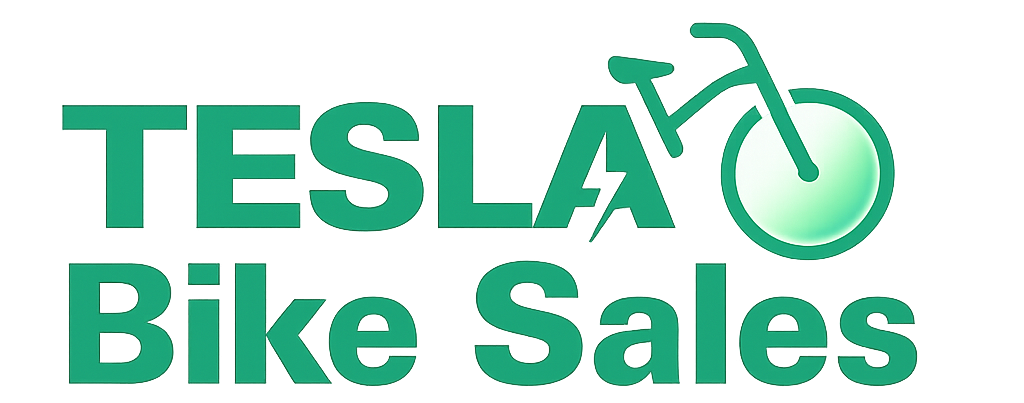How to Attach Water Bottle on Bike for Better Hydration
Did you know that placing a water bottle on bike in the wrong spot could cost you up to 3:30 minutes during an Ironman bike leg? The same bottle positioned correctly might only slow you down by 30 seconds. Proper hydration during cycling isn’t just about having water available, it’s about where to put water bottle on bike to perform your best. Cyclists want to drink between 500-1000ml of fluid per hour, based on temperature and riding intensity.
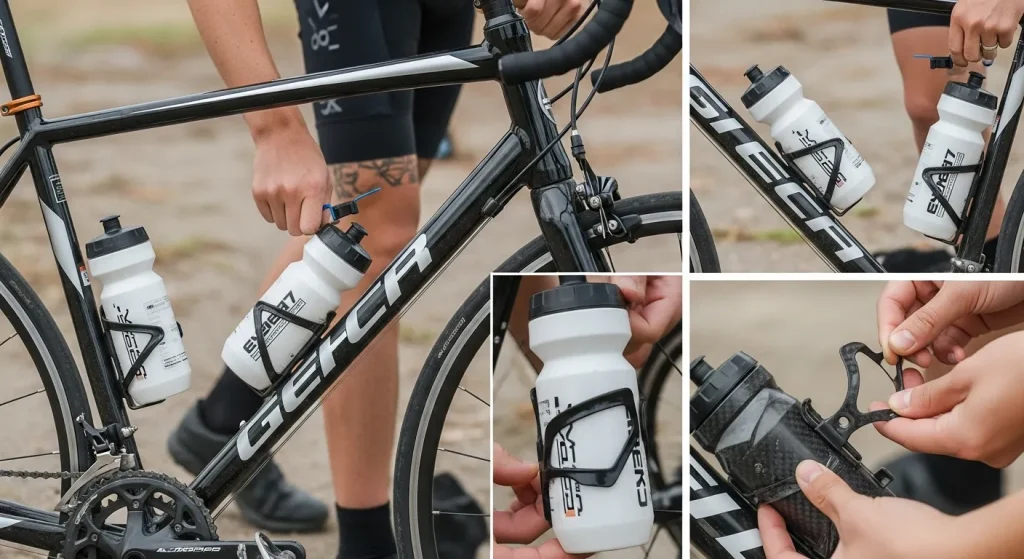
The perfect spot for your water bottle holder on electric bike needs to balance aerodynamics with accessibility. Your ride can be affected a lot by the right mount water bottle on bike setup, whether you’re new to this or looking to improve your current configuration. This piece covers everything you need to know about setting up a water bottle cage on bike correctly. We’ll take you through installation basics that are “fast, easy, and really hard to mess up” and show you strategic placement options that cut down on drag.
Choosing the Right Water Bottle Setup
Your hydration needs should guide you when choosing the right water bottle setup for your bike. Most cyclists require 2–3 big gulps every 20 minutes, adding up to about 3.5 liters every 5 hours to stay at peak performance. If you’re riding a regular bike, where all the power comes from you, staying hydrated becomes even more important. Selecting the right bottle plays a crucial role in ensuring you meet these hydration requirements while riding.

Importance of Material
The material of your bottle is perhaps the most important factor to consider. BPA-free plastic bottles are lightweight, easy to squeeze, and perfect for drinking while riding. They are a popular choice due to their convenience and practicality.
Insulated bottles, while slightly heavier, excel at keeping your drinks cool for a longer period, making them ideal for hot summer rides. Stainless steel bottles, known for their durability and excellent temperature retention, are another option, although they are not as easy to squeeze during rides.
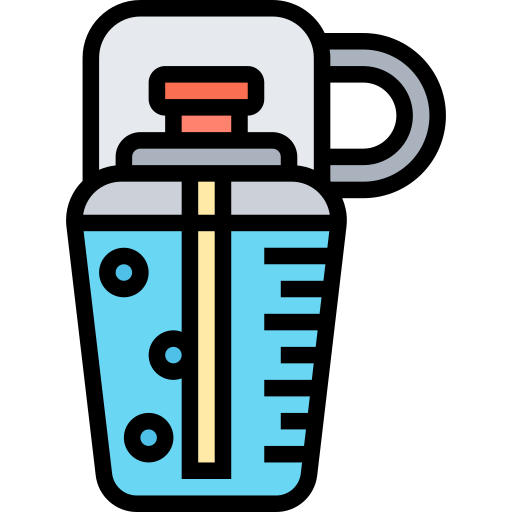
Choosing the Right Bottle Cage
Equally important is your bottle cage. Aluminum cages offer a great balance of strength and value, making them a solid choice for most riders. On the other hand, carbon fiber cages are incredibly lightweight and durable, though they tend to be pricier.
For mountain bikers, securing your bottle is essential, and a reliable bottle cage that holds your bottle tightly is a must. This ensures that the bottle stays secure and doesn’t bounce off during rough terrain rides.
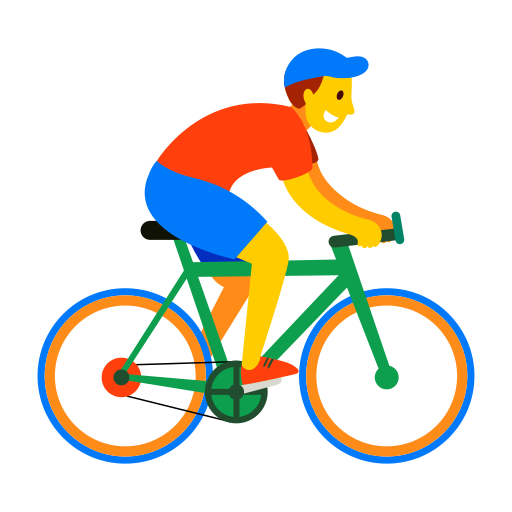
Tailoring Your Setup to Your Ride
Your riding style should influence your choice of bottle setup. Road cyclists benefit from large 750ml+ plastic bottles with high-flow valves. These valves allow you to drink quickly without disrupting your rhythm.
For off-road riders, bottles with mud caps are a smart choice to prevent dirt and debris from contaminating your drink. Additionally, side-loading cages are ideal for off-road setups, especially for smaller frames or full-suspension bikes where space is limited.
Where to Put Water Bottle on Electric bike
Your water bottle’s position on the Electric bike affects both performance and convenience. Most cyclists prefer the downtube position behind the front wheel as their standard location. This spot provides balanced weight distribution and easy access. The conventional position comes with a significant aerodynamic cost – a 900ml bottle here can use up 8.3 watts at 25mph and add 3:30 minutes to an Ironman bike leg.
These alternative positions can help you reduce drag: The seat tube spot performs better aerodynamically than the downtube, with a 900ml bottle using 5.7 watts at 25mph. This location makes a great primary drinking bottle spot because you can grab, sip, and replace without looking down.
Behind-saddle mounts are excellent for aerodynamics. They reduce the penalty to just 2.5 watts for a 900ml bottle. Long-distance events benefit from this position, but you need secure bottle attachments to prevent them from falling out.
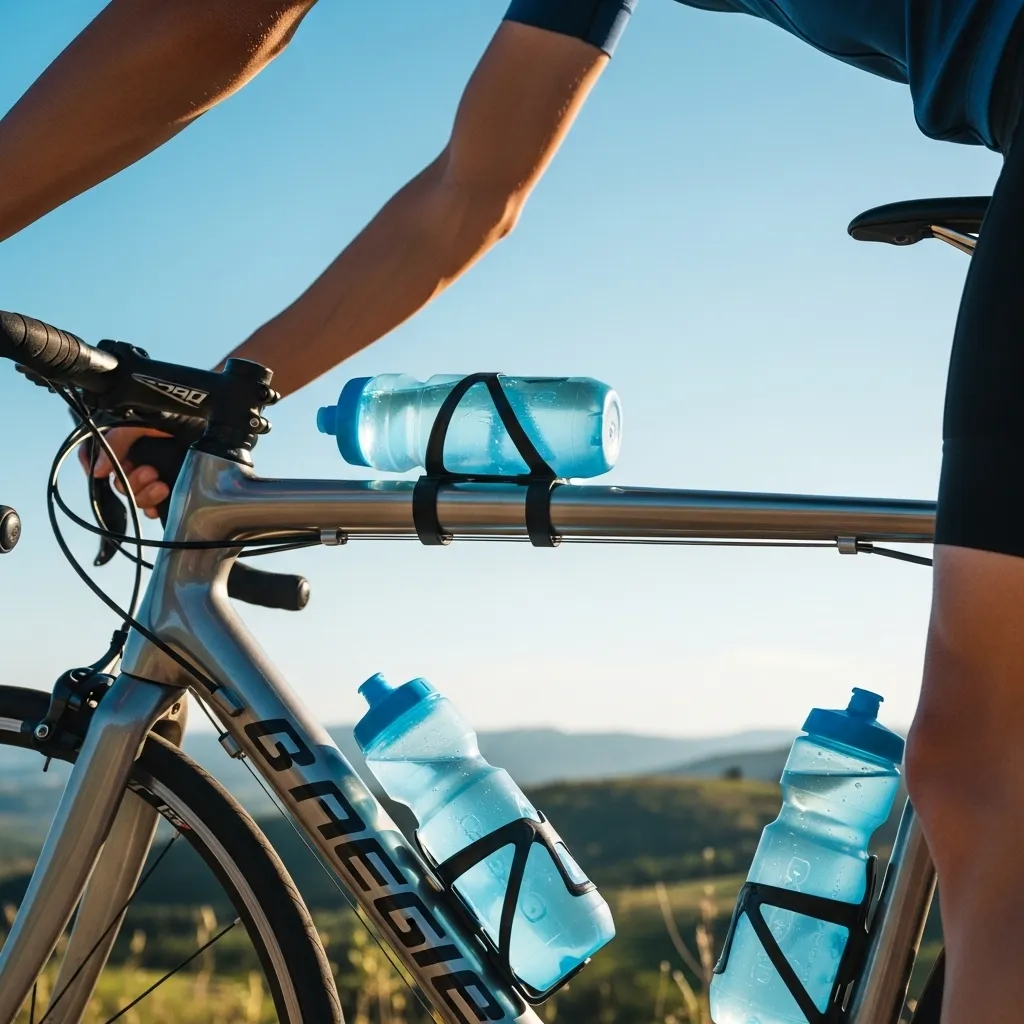
Handlebar mounts give you the best visibility and easy access. They work great with smaller frames or bikes that have limited triangle space. A bottle placed between the arms only adds 0.5 watts of drag. Bikes without standard mounting points have several options available. You can use velcro-secured cages, clamp-on adapters, or specialized equipment like the Frame Pack Hydration Bladder designed for full frame bags.
Balancing Aerodynamics and Accessibility
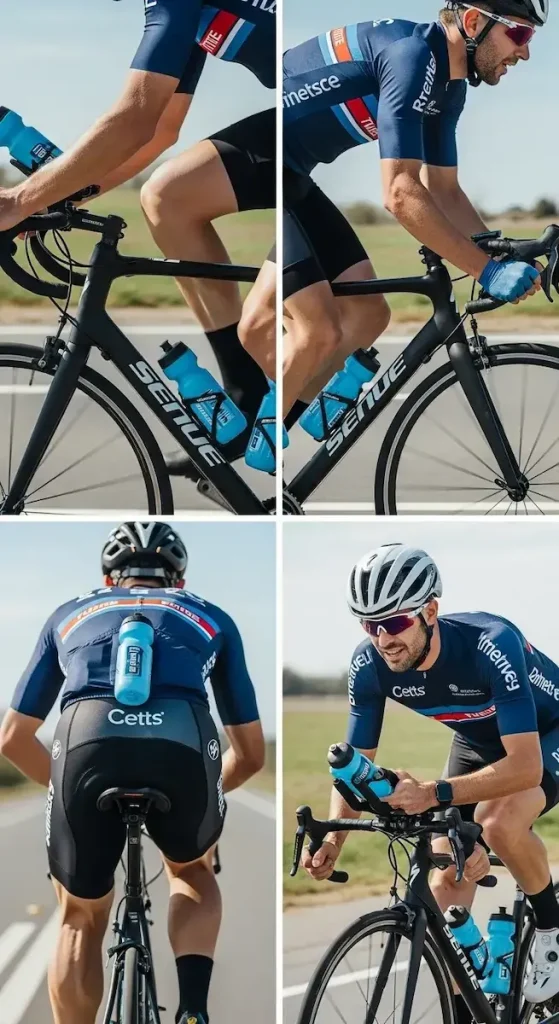
Aerodynamics can make all the difference for competitive cyclists. Research shows that a round 900ml bottle on the downtube creates an 8.2 watt penalty at 40km/h, which adds 3:20 minutes to an Ironman bike leg. The same bottle placed behind the saddle cuts this penalty to just 2.5 watts or about 1:05 minutes.
The best balance of aerodynamics and accessibility comes from between-the-arms (BTA) placement. A 500ml bottle here only costs 1.2 watts, adding just 30 seconds over Ironman distance. This spot lets you drink while staying in your aero position.
Smart systems are now available to mount water bottles more efficiently. The UnderCup BTA System works with arm cups and puts bottles right between your arms to cut turbulence. On top of that, it lifts front-positioned bottles to boost both capacity and aerodynamics.
Here’s a surprising hack to get aero benefits without expensive gear: a water bottle inside your jersey creates a “chest fairing” effect and cuts drag by up to 9%. This simple trick works best when you keep a 28-ounce standard bottle high on your chest. The most aero setup becomes useless if you can’t reach your drink easily. Your bike’s water bottle setup should give you the right mix of speed and easy access based on how you ride.
Conclusion
Your bike’s water bottle setup can affect your hydration and performance by a lot. This piece looks at different hydration systems that can change your cycling experience. The right bottle material makes a big difference in how you stay hydrated during rides. You can pick from BPA-free plastic, insulated, or stainless steel bottles. Your cage choice between aluminum or carbon fiber should match what you need in terms of durability, weight, and security.
Where you put your water bottle matters. The downtube is a popular spot that’s easy to reach, but it creates more drag. You could also mount bottles on the seat tube, behind the saddle, or on handlebars. Each spot works better for different riding styles. Competitive cyclists need to balance easy access with aerodynamics. Putting the bottle between your arms is a great compromise that adds little drag and keeps water within reach. Simple tricks like the “chest fairing” technique can boost performance without expensive gear.
The best water bottle setup depends on how you ride. Distance cyclists often want more capacity and better aerodynamics. Trail riders need bottles that stay put on rough terrain. Whatever you choose, good hydration is vital to ride well and have fun. These bottle mounting tips will make your rides more convenient and efficient. A better hydration setup helps you perform at your best and lets you focus on what matters, the path ahead.
